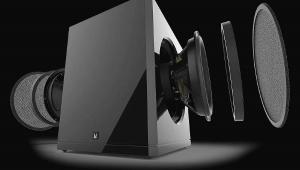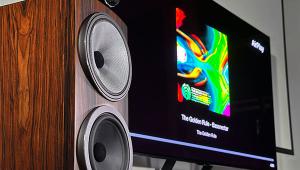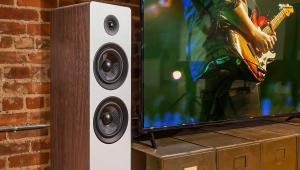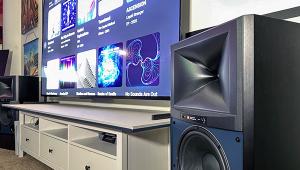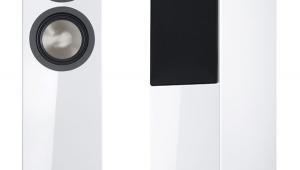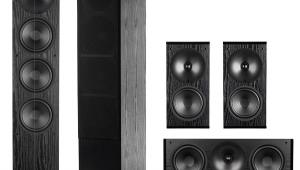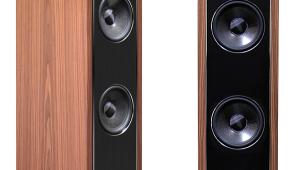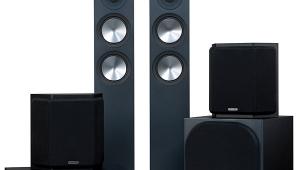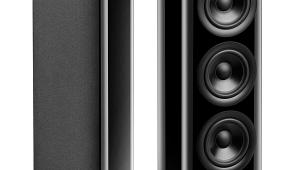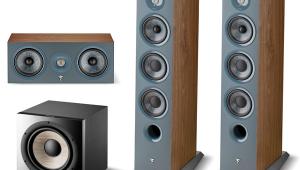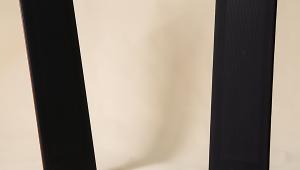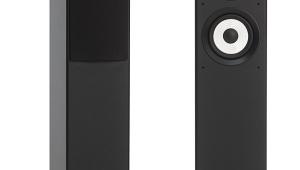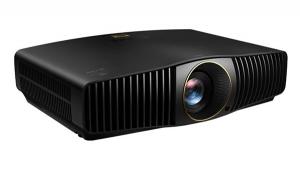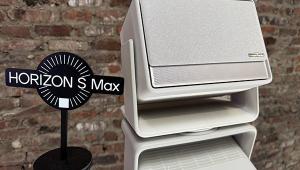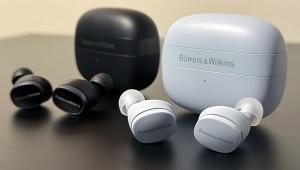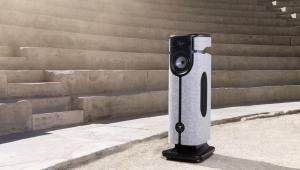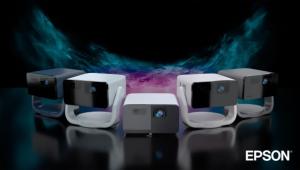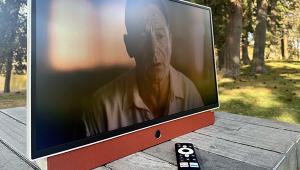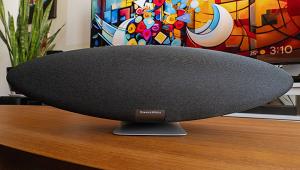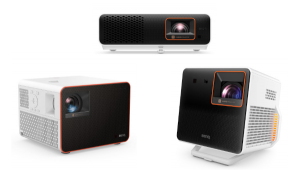Your winning adventure begins with BetRupees Game. Play popular games and cash out your victories with ease. Try now! https://betrupees.one/
Mirage OMD-28 Surround Speaker System Measurements
Measurement Conditions
From the midbass up the results shown are pseudo anechoic, taken in a real room at one meter using the LMS measurement system from LinearX Systems and a calibrated microphone, and gated to minimize the effects of the room. This pseudo-anechoic response is then combined with the nearfield measurements of the woofers and, where employed in the design, port(s).
The measurements shown here were made with the grilles removed. The nominal impedance and sensitivity are estimates derived from the test graphs. The effective bass limit, by our convention, is taken as the minus 10dB point in the response (relative to the level at 1kHz, unless stated otherwise). In a real room this falling response will be enhanced by room gain. The gain, and the actual response, particularly in the bass, will therefore vary with the room size, configuration, and construction.
Measurement Summary
I would characterize both the OMD-28 and the OMD-C2 as moderately difficult to drive, as much for their low sensitivity as for their minimum impedances.
The measured responses of both the OMD-28 and the OMD-C2 are relatively disappointing, and surprisingly uneven considering the system's admirable sonic performance. However, speakers with unusual radiating patterns—dipole, bipole, and omni—are notoriously difficult to measure in an anechoic or pseudo-anechoic way that relates to their performance in real rooms. They often sound better than they actually measure, and this is certainly the case here.
Details: OMD-28
Ported cabinet tuning: 26Hz
Minimum impedance: 4.25Ω at 93Hz
Estimated nominal impedance: 6Ω
Estimated sensitivity: 83dB/2.83V/m
Effective bass limit (-10dB): 20Hz (25Hz relative to its output at 100Hz)
Estimated difficulty to drive: Moderate
Discussion: Mirage OMD-28
The measured horizontal response (Fig.1) is erratic. The general trend is a downward slope with increasing frequency followed by a significant rise to very near the bass level again in the upper treble, depending on the measurement axis.
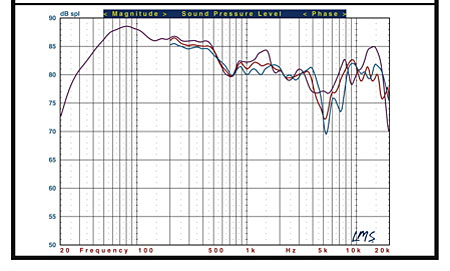
Fig.1: Mirage OMD-28 pseudo-anechoic response off the horizontal axis at 45 degrees (red) and 60 degrees (blue).
The measured response does, however, relate closely with the listening results in most respects, though the deviations in the curve look more severe than they sound on real material in a real room. In practice they are generally euphonic. That is, while inaccurate, they often flatter rather than detract from most program material.
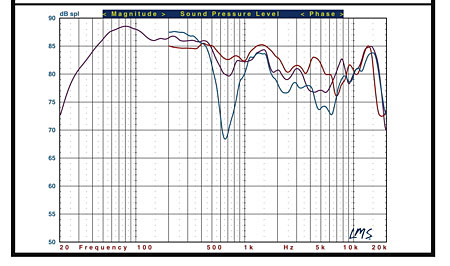
Fig.2: Mirage OMD-28 pseudo-anechoic response at 15 degrees above (red) and 15 degrees below (blue) the tweeter.
The OMD-28 clearly has an inherent excess of bass. But its low-to-upper bass response, while elevated relative to the midrange, is relatively smooth up to the woofer-to-midrange crossover at 550Hz. The bump in the response centered at about 80Hz is often an artifact of the nearfield measurement we use on the woofers and port.
Higher up the scale, the dip centered at 5kHz may explain the speaker's forgiving nature on bright program material, while the rise in the high treble keeps the speaker from sounding dull. The only negative I heard from the peaks visible in the upper treble was an emphasis on sibilance with close-mic'd vocals. But this emphasis will bother some listeners more than others. To find out which group you're in you should listen for it carefully, while auditioning the speaker on a wide variety of program material.
The OMD-28's horizontal off-axis performance was similar to its on-axis result, but with a sharper dip in the low-to-mid treble and flatter response above 10kHz. Not surprisingly, the high treble response holds up at extreme horizontal off axis angles in a way that we never see with direct radiating speakers.
The vertical response indicates that you should sit as close as possible to the level of the mid-tweeter Omniguide array. Since this array is several inches above a listener's ears in most typical chairs, you might consider experimenting with a slight forward tilt, though I did not find it necessary. In any event, you should never seriously audition this speaker while standing up.
Surprisingly, the removable grille had relatively little effect on the measured performance (not shown). It had just slightly more effect on the response of the OMD-C2 (below, also not shown).
Details: Mirage OMD-C2 Center
Sealed cabinet tuning: 86.5Hz
Minimum impedance: 3.95Ω at 640Hz
Estimated nominal impedance: 6Ω
Estimated sensitivity: 83dB/2.83V/m
Effective bass limit (-10dB): 50Hz (59Hz relative to the level at 100Hz)
Estimated difficulty to drive: Moderate
Discussion: Mirage OMD-C2 Center
The front averaged response (Fig.3) is very similar to the response of the OMD-28, and the same comments apply. The wide-angle, off-axis curves, however, taken at 45 and 60 degrees, show less elevation in the response from 200Hz to 550Hz. It may have been for this reason that the center sounded somewhat different than the OMD-28s with band-limited pink noise as a source. But the OMD-C2 did closely match the timbre of the OMD-28 when the speakers were driven together on normal program material.

Fig.3: Mirage OMD-C2 pseudo-anechoic response off the horizontal axis at 45 degrees (red) and 60 degrees (blue).
The vertical response of the OMD-C2 (Fig.4) doesn't suggest a clearly preferable listening height. However, a slightly above axis location (where I was located during my auditions despite the speaker's slightly upward tilt below my screen) does seem to measure best. Despite a deep but narrow dip at 7kHz, the wider on-axis dip centered at 4.5kHz is eliminated at positions slightly above the axis. This could well improve dialog intelligibility.

Fig.4: Mirage OMD-C2 pseudo-anechoic response at 15 degrees above (red) and 15 degrees below (blue) tweeter.
I prefer better measured performance than we obtained from both of these speakers. But the test bench results must be weighed against the known problems in measuring designs with unusual radiation patterns, along with the system's impressive listening results.
All figures: Violet curve: pseudo-anechoic response on tweeter axis, averaged across a 30-degree horizontal window, combined with nearfield woofer and port responses. All measurements taken at 1-meter.
- Log in or register to post comments

The Mirage OMD-28 system offers a spacious soundstage, particularly impressive for movies, but its imaging might not satisfy those seeking pinpoint accuracy. A dedicated subwoofer is highly recommended for optimal performance https://crazycattle3d.com/ .

I really appreciate this post. I¡¦ve been looking everywhere for this! Thank goodness I found it on buy cs2 account

watch latest Turkish Tv serials like kurulus osman in English Subtitles only on kayifamilytv.mom
Pages
- « first
- ‹ previous
- 1
- 2
- 3
- 4
